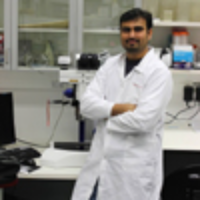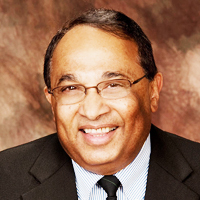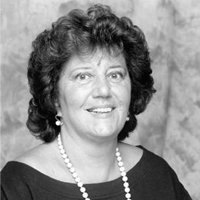Lecture: "First Aid to the Population in Case of Thermal Burns during Accidents, Catastrophes, Natural Disasters and Terrorist Attacks" of the Subject "Life Safety" for Humanitarian and Technical Universities
Published on: 19th December, 2023
To prepare the population to provide first aid for thermal burns in emergency situations, algorithms for modern didactics of the educational topic “Thermal burns” are proposed. The following educational issues are highlighted: 1) Local exposure to high temperature. Burns. Kinds. Classification according to the depth of the lesion; 2) Rules for determining the area of burns; 3) Signs of thermal burns; 4) The concept of burn disease; 5) First (pre-hospital emergency) aid to burnt people; 6). Domestic burns from boiling water; 7) Features of burns in children; 8) Treatment of burns; 9) Prevention of thermal burns.
Lecture: “First Aid to the Population in Case of Heat and Sunstroke during Accidents, Catastrophes, Natural Disasters and Terrorist Attacks” of the Subject “Life Safety” for Humanitarian and Technical Universities
Published on: 5th February, 2024
To prepare the population for first aid in case of heat and sunstroke in the context of global warming, algorithms for the basics of didactics of the educational topic “Heat and sunstroke” of the subject “Life safety” are proposed. The 30-year experience of teaching the subject in humanitarian state educational institutions of higher professional education of a non-medical profile in Syktyvkar is summarized. For each of the considered educational issues, a brief summary of the material presented is given.
Lecture: First Aid to the Population in Case of Traumatic Shock during Accidents, Catastrophes, Natural Disasters, and Terrorist Attacks. Anti-shock Measures in the Center of Mass Destruction and during the Evacuation Stages of the Subject Life Safety for Humanitarian and Technical Universities
Published on: 29th March, 2024
To prepare the population for first aid in case of traumatic shock, algorithms for the fundamentals of didactics of the educational topic “First aid to the population in case of traumatic shock during accidents, disasters, natural disasters and terrorist attacks” of the subject “Life Safety” are proposed. 32 years of experience in teaching the subject in humanitarian state educational institutions of higher professional education of a non-medical profile in the city of Syktyvkar are summarized. Educational questions are considered: 1) The concept of shock; 2) Traumatic shock; 3) Mechanisms of injury that contribute to the development of traumatic shock. Predisposing factors. Complications. At-risk groups; 4) Classification, phases, and degrees of shock; 5) Universal first aid algorithm; 6) Basic anti-shock measures in the source of mass destruction and at the stages of evacuation; 7) Features of anti-shock measures in children; 8) Typical first aid mistakes for traumatic shock. For each of the educational issues considered, a summary of the material presented is given. Depending on the purpose of studying the topic, purpose, content of educational material, and form of organization of training, the number of hours allocated to its presentation and study in various forms of the educational process is established. Their distribution includes 1 lecture (2 hours), 1 seminar (2), 1 practical lesson (2), and 6 hours of independent work by students.




